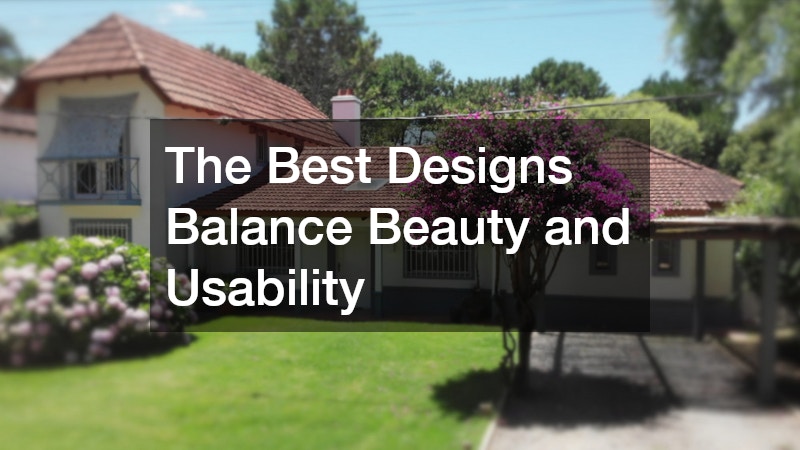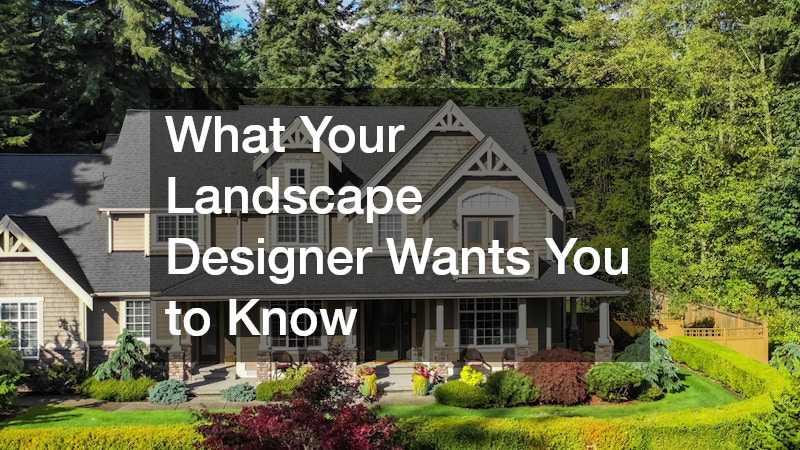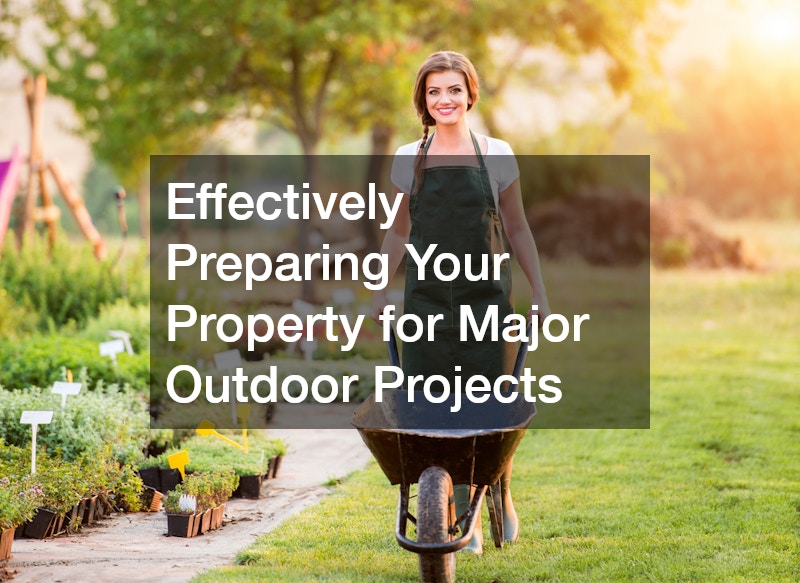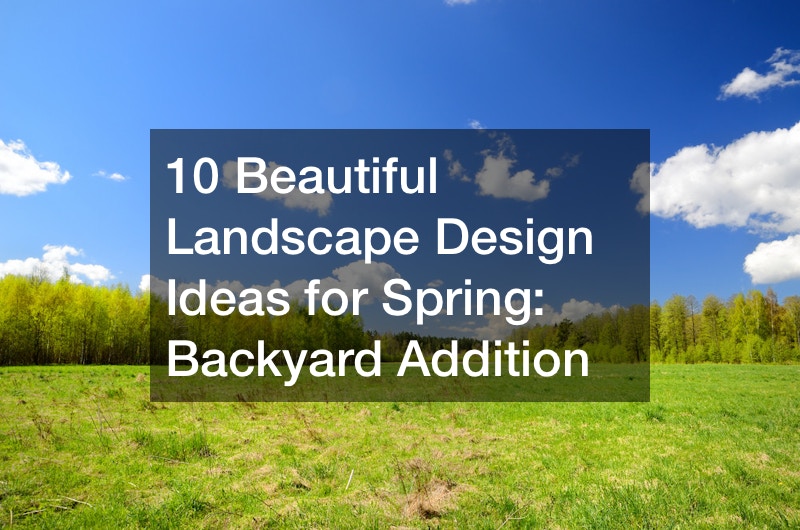Creating a beautiful and functional outdoor space is both an art and a science, requiring careful planning, creativity, and technical knowledge. A landscape designer is crucial in transforming ordinary yards into inviting, aesthetically pleasing, and sustainable environments. Understanding what goes into the design process can help homeowners make informed decisions, avoid costly mistakes, and ensure that their outdoor space reflects their lifestyle and preferences.
Whether planning a complete garden overhaul or simply enhancing your existing outdoor area, knowing the insights of a landscape designer can elevate your project from ordinary to exceptional.
On a more detailed level, a landscape designer considers factors such as soil quality, climate, plant selection, and spatial layout to create harmonious environments. Their expertise extends beyond aesthetics; they evaluate how your space functions throughout the seasons, how water flows across the property, and how different plants and hardscape elements interact. By appreciating these nuances, homeowners can collaborate more effectively, ensuring the final design is beautiful and practical.
Understanding the Role of a Landscape Designer
A landscape designer isn’t simply someone who chooses pretty plants or arranges decorative features; they are trained professionals who blend creativity with environmental and technical knowledge. Their role encompasses assessing a property, understanding the client’s needs, and creating a cohesive plan that balances beauty, functionality, and sustainability. They also anticipate challenges and provide solutions that prevent long-term maintenance, helping homeowners enjoy their outdoor spaces for years.
A landscape designer evaluates factors such as sunlight exposure, drainage patterns, soil conditions, and existing vegetation before proposing a plan. They consider how people will move through the space, what areas should be emphasized or secluded, and how seasonal changes affect the design. By understanding their role this way, clients can appreciate the thought and expertise that goes into every decision, from selecting native plants to positioning walkways and water features.
Communicating Your Vision Effectively
Clear communication between a homeowner and a landscape designer is essential for a successful project. A well-articulated vision ensures the designer can translate ideas into actionable plans, avoiding misunderstandings and costly revisions. Sharing preferences, lifestyle habits, and dislikes allows the designer to create a space uniquely tailored to the client’s needs while maintaining professional insight.
In practical terms, this means providing examples of styles you like, discussing how you intend to use the space, and being open to suggestions from the designer. For instance, if you want a low-maintenance garden, communicating this preference early allows the designer to select hardy plants and sustainable materials. Similarly, discussing entertainment needs, privacy concerns, or play areas for children ensures the design is functional and beautiful. This collaborative dialogue forms the foundation of a successful landscape project.
Prioritizing Function and Aesthetics
While aesthetics are often the first thing homeowners notice, a well-designed landscape must also function effectively. The best designs balance beauty and usability, ensuring every element serves a purpose. Functionality includes considerations such as traffic flow, seating arrangements, irrigation, and lighting, all of which contribute to a space that can be enjoyed effortlessly.
More specifically, a landscape designer might suggest placing seating areas where the view is best, creating shaded pathways for comfort, or integrating hardscape elements like patios and retaining walls to define spaces. Thoughtful plant placement can also enhance form and function, using taller plants to create privacy or smaller, fragrant flowers to attract pollinators. By prioritizing function and aesthetics, a landscape designer ensures that your outdoor space is visually appealing and practical for everyday use.
Choosing Sustainable and Practical Materials
Selecting the right materials is a key component of sustainable landscape design. Environmentally conscious choices can reduce maintenance needs, minimize water usage, and increase the landscape’s longevity. A landscape designer carefully considers durability, environmental impact, and cost-effectiveness when recommending materials for hardscapes, pathways, and garden features.
In detail, this might involve choosing permeable pavers to reduce runoff, recycled or locally sourced stones for patios, or drought-tolerant plants that thrive in your climate. Mulches, compost, and native plants can improve soil health and reduce the need for chemical fertilizers. By combining practicality with sustainability, a landscape designer creates spaces that aren’t only visually striking, but also environmentally responsible and easy to maintain.
Maintaining Your Landscape Over Time
Even the most beautiful landscape requires care to maintain its appearance and functionality. A landscape designer provides guidance on seasonal upkeep, plant health, irrigation schedules, and long-term maintenance strategies to ensure that your space continues to thrive. Proper care prevents problems such as overgrown plants, erosion, or pest infestations, preserving both the investment and the design intent.
On a more specific level, this may include recommendations for pruning schedules, fertilization routines, pest management, and winterization techniques for plants and hardscape features. Designers may also suggest adjustments over time, such as replacing plants that have outgrown their space or updating irrigation systems for efficiency. By understanding and following these maintenance guidelines, homeowners can enjoy a vibrant and well-functioning landscape for years.
A successful landscape project depends on more than just selecting plants or adding decorative features; it requires careful planning, expert knowledge, and ongoing collaboration between the homeowner and the landscape designer. Understanding the designer’s role, communicating your vision, balancing function with aesthetics, choosing sustainable materials, and following proper maintenance practices create a beautiful and practical outdoor space.





